It’s the start of a brand new year and unfortunately 2021 is not off to a good start for space exploration. Two stories in particular illustrate the difficulties that often arise whenever we try to do something for the first time.
One story that didn’t get a lot of coverage but is nevertheless a big disappointment concerned NASA’s Insight Mars Lander. Insight touched down on the Martian surface almost two years ago, on the 26th of November 2018 with big hopes for discovering a great deal about conditions on the Red Planet. Insight was equipped with numerous instruments for observing the Martian weather and seismic activity, that is Marsquakes. The showpiece of the mission however was a robotic arm with a drill, known as the ‘Mole’, which it was hoped would drill down three meters into the Martian soil.
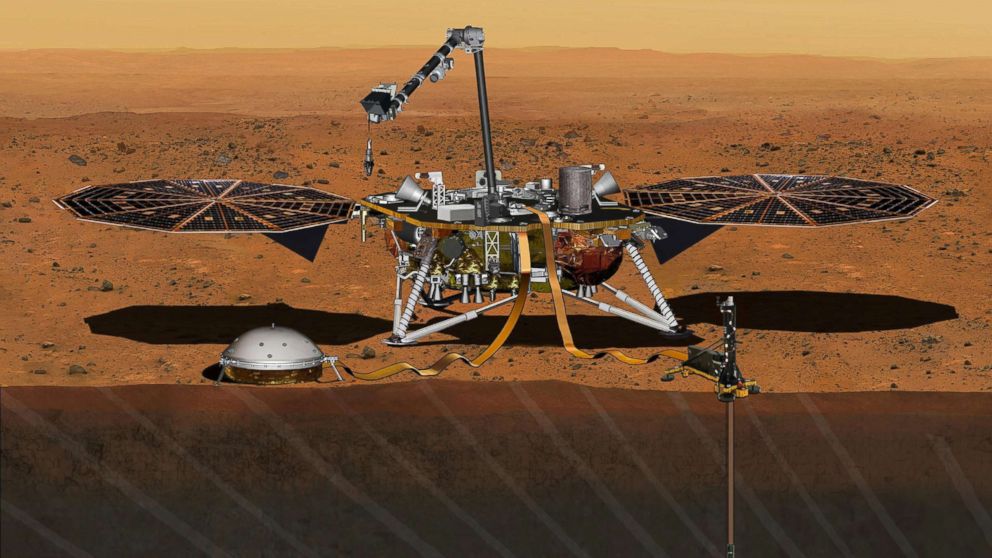
There were problems right from the start. As described by NASA engineers the Martian soil had an ‘unexpected tendency to clump’. Because of this the lander’s drill never got the leverage it needed to penetrate down more than a few centimetres despite the engineers trying every trick they could think of. The last attempt was made on January 9th to no avail. With no prospect of a successful resolution the Insight program managers have decided to cancel any further efforts.
But that doesn’t mean that the Insight lander is a total failure, its seismograph has already detected several Marsquakes and should continue working until at least the end of 2022. And once NASA’s Perseverance rover lands on Mars on the 18th of February NASA plans to use the weather instruments on the two spacecraft to establish the first ever weather network on another planet.

The big news however comes from back here on planet Earth where NASA’s Space Launch System (SLS) suffered a ‘Major Component Failure’ during a critical ‘Hot Fire Test’ of its first stage on the 16th of January. The SLS, whose main contractor is Boeing corporation, is the big rocket launch vehicle that is the foundation of NASA’s Artemis program with a goal of returning American astronauts to the Moon in the next half dozen years or so. NASA has already spent $18 billion over the last ten years on development of the SLS and the program is more than three years behind schedule.
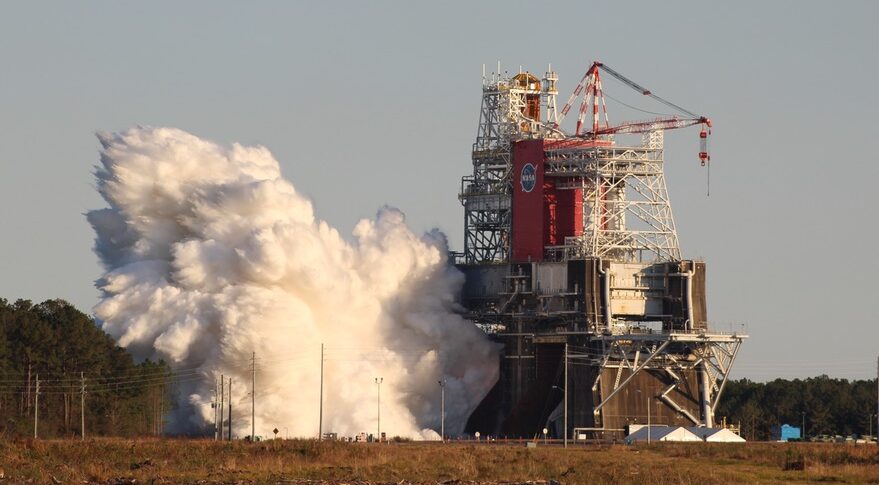
The hot fire test, performed at NASA’s Stennis Space Center in Mississippi, was intended to be the last test of the SLS’s first stage prior to its being sent to the Kennedy Space Center. Once at Kennedy the rocket will be assembled with its upper stages and the Orion crew capsule in preparation for a first, unmanned lunar mission scheduled for sometime late this year. The plan of the test at Stennis was to completely fuel the first stage and, after clamping the rocket tight to the facility’s B-2 test stand, ignite the four main RS-25 engines, the same engines that powered the space shuttle. The length of the test was designed so that the engines would carry out an entire launch profile, about eight minutes firing.
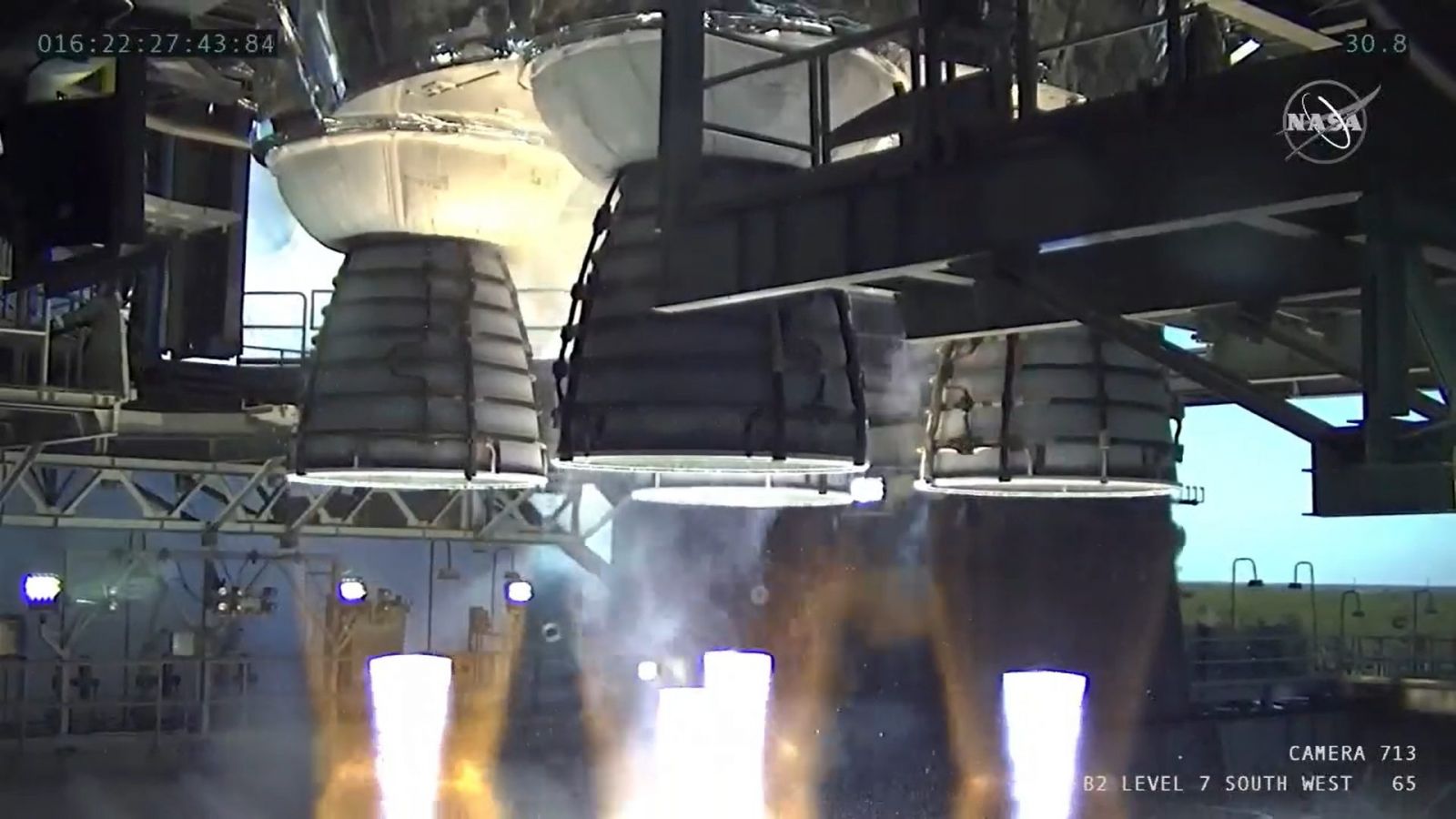
For the first minute everything was proceeding well, the engines where producing 109% of nominal thrust and preparing to throttle down to 95% when a flash of light was seen near the thermal protection blanket on engine number 4. These blankets are designed to prevent engine parts from overheating due to the exhaust of the other three engines. Seconds later the rocket’s on-board computer system detected an as yet unknown fault and the computer ordered all four engines to shut down. The entire test lasted only 67 seconds.
While the post mortem is just underway and the precise cause of the shutdown still unknown the fact is that the test fell far short of a success and at the very least will have to be repeated. That means at least another month’s delay along with its associated cost on a program that is way over budget and behind schedule. And if it should turn out that there is a real design flaw that would certainly kill any chance of a launch later this year.
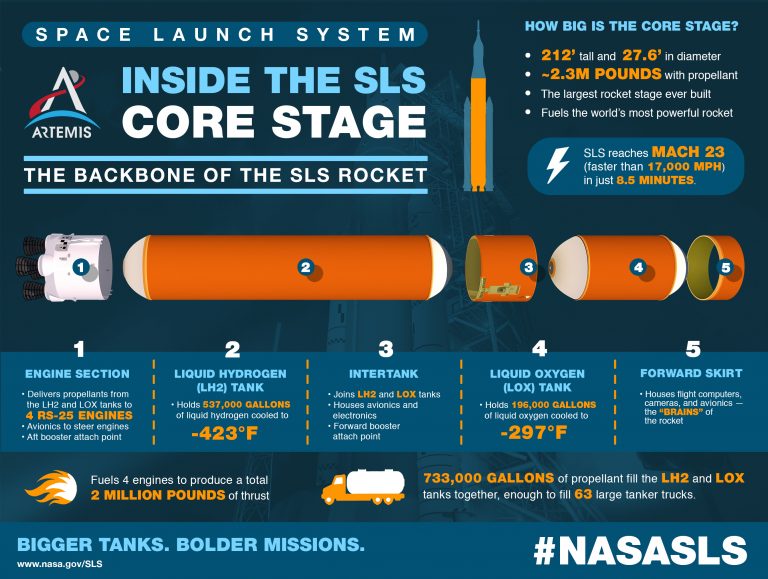
Also, the multiple delays and cost overruns of the SLS are causing some members of Congress and even scientists at NASA to question the entire Artemis program given its dependence on an SLS that seems to be going nowhere. NASA has already spent $18 billion on the SLS along with another $18 billion on the Orion Space Capsule that will carry the astronauts to the Moon and back. Will we ever actually see a mission performed with those two very expensive pieces of equipment? Not at the rate we’re going.
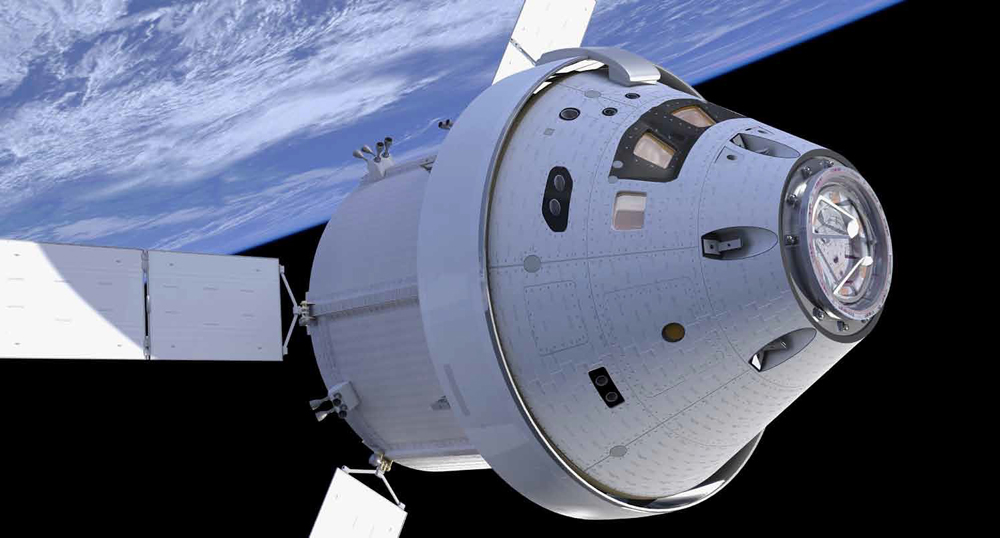
And there is one last piece of bad news, for Boeing at least. In funding NASA’s Europa Clipper robotic space probe to that icy moon of Jupiter Congress had mandated that the launch vehicle for the space probe had to be the SLS. Well in NASA’s 2021 fiscal budget there was a slight change in those orders to only require that the SLS be used ‘if available’.
Now the Europa Clipper isn’t scheduled to launch until the mid-2020’s so the rocket’s current problems will hopefully be solved by then. Nevertheless the SLS will still be very costly and presumably every rocket will be needed for Artemis. In fact a cost analysis by NASA has indicated that if the Clipper were to be launched by the Space X Falcon Heavy it could save the space agency $1.5 billion!
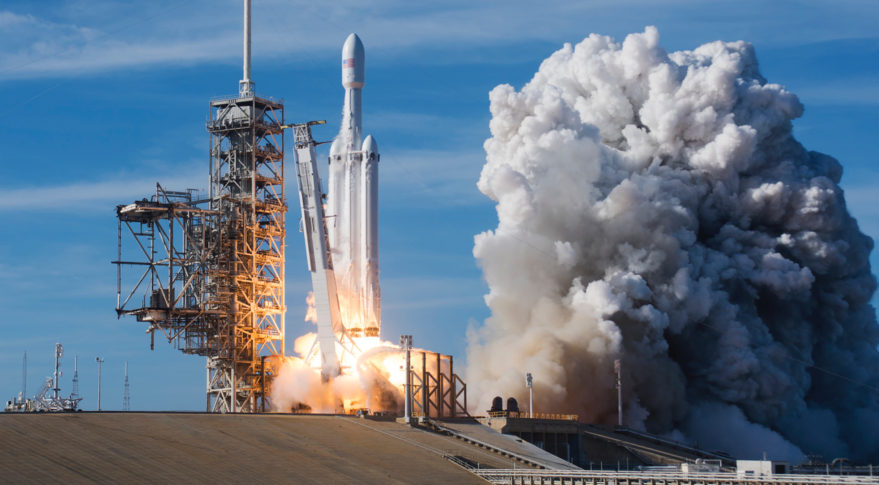
Maybe for once the officials at both NASA and in Congress will do the right thing. The Space Launch System may be necessary to get us back to the Moon this decade but any attempt to use it in other space missions would simply be tossing good money after bad.
I’ll end today with a bit of administrative news. With the end of the Trump administration NASA director Jim Bridenstine has tendered his resignation and been temporarily replace by his deputy Steve Jurczyk until the position can be permanently filled. Although Bridenstine did a better job of running the space agency than I’d expected (feared?) nevertheless he was a politician taking a job that had always gone to a scientist.
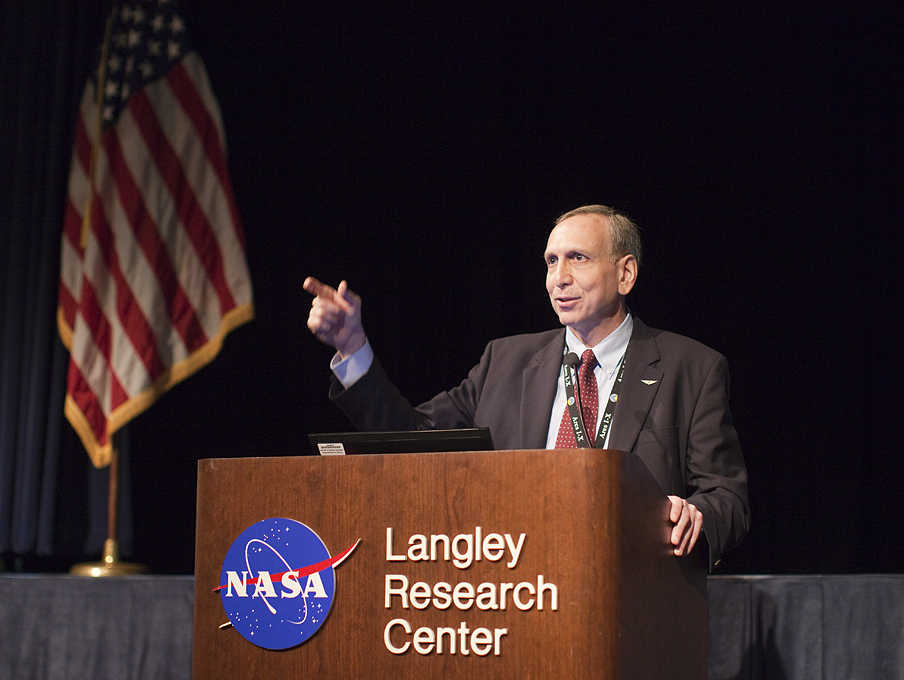
Hopefully the new Biden administration’s choice for NASA director will return to the idea of science over politics. It’s worth noting that two decorations that President Biden has chosen for the oval office are a portrait of America’s founding scientist Ben Franklin and a Moon rock. Our new President certainly wants to promote truth and science over lies and conspiracy theories and that can only be a good thing!
